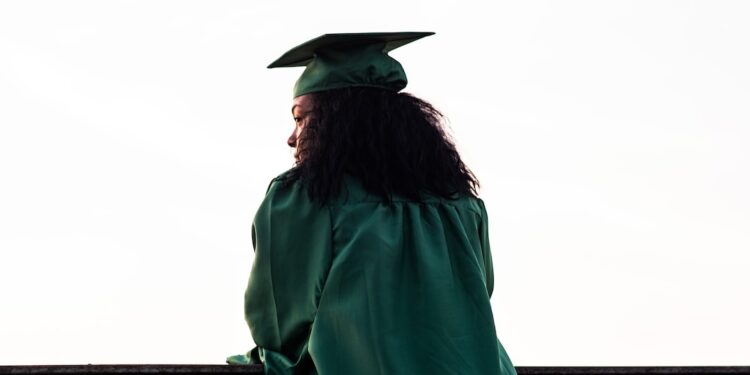Title: The Importance of Physical Education in Schools: Promoting Health and Well-being
Introduction
Physical education (PE) programs are a crucial component of every school curriculum. It is a designated time for students to engage in physical activity, acquire new skills, and develop lifelong habits that promote health and well-being. In this blog post, we will explore the significance of physical education in schools, emphasizing its role in promoting physical, mental, and social development.
Physical Development
Physical education classes play a pivotal role in improving the overall physical development of students. Regular physical activity helps children build strong muscles and bones, enhance flexibility and coordination, improve cardiovascular health, and maintain a healthy weight. By participating in activities like running, swimming, dancing, or playing team sports, students not only engage in exercise but also learn essential motor skills and develop physical self-confidence.
Mental Health and Well-being
Physical education goes beyond physical development; it is closely linked to mental health and overall well-being. Engaging in regular physical exercise releases endorphins, which are natural mood-boosters, helping reduce stress, anxiety, and symptoms of depression. Additionally, PE classes provide an opportunity for students to take a break from academic pressures, relieve pent-up energy, and improve their focus and concentration in other subjects.
Cognitive Development
Physical education also has a positive impact on academic performance. Numerous studies have shown that regular exercise improves cognitive functions such as memory, attention, and problem-solving skills. Engaging in physical activities stimulates the brain, enhancing the students’ ability to learn and retain information. Moreover, PE promotes discipline, perseverance, and goal-setting, which are essential life skills that can be transferred to academic endeavors.
Social Development
Physical education classes promote social interaction and teamwork, enabling students to develop essential social skills. Through cooperative games, team sports, and physical challenges, students learn how to communicate effectively, resolve conflicts, and work collaboratively towards a common goal. These skills are transferable beyond the PE class and can contribute to the creation of a more cohesive, inclusive, and supportive school community.
Lifelong Habits and a Healthier Future
Physical education instills healthy habits and attitudes towards physical activity from a young age, empowering students to make informed choices regarding their health throughout their lives. By exposing students to a variety of physical activities and sports, PE helps them discover their interests and talents, encouraging them to pursue recreational activities and sports outside of school. Studies have shown that individuals who engage in regular physical activity from a young age are more likely to maintain a healthy lifestyle in adulthood, reducing the risk of chronic diseases and promoting longevity.
Conclusion
Physical education plays an indispensable role in schools by promoting holistic development, encompassing physical, mental, and social well-being. The benefits extend beyond the PE class, positively impacting students’ academic performance, mental health, and lifelong habits. Educators, policymakers, and parents must recognize the importance of physical education and advocate for its significance in school curriculums. By prioritizing physical education, we can equip students with the necessary tools to lead healthier and more fulfilling lives.















